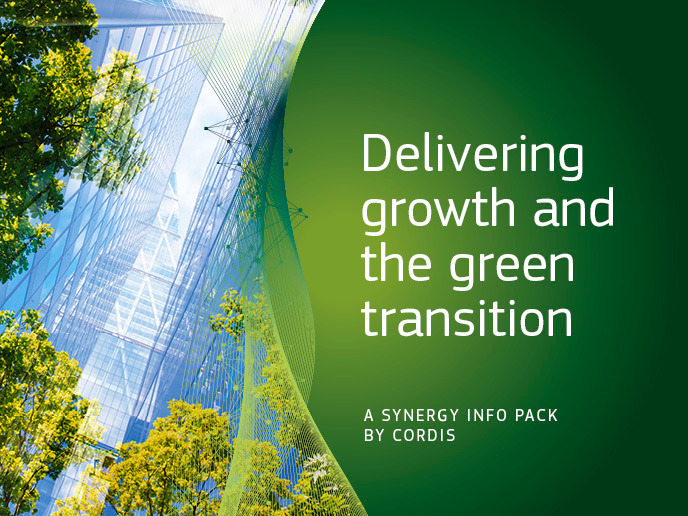Rhizosphere fungi under scrutiny
Arbuscular mycorrhizal fungi (AMF) form mutualistic symbiotic relationships with roots of the majority of terrestrial plants. Unusually they are coenocytic, that is, they are multi–nucleate in nature. The 'Environmental heterogeneity and AMF genetic diversity' (AMFGENDIV) project has investigated if this genetic heterogeneity is driven by variation in the environment. The basic experimental setup used up to three AMF individuals (all from different spores) and three plant species. Future research plans will use the design and add more variables and test for zero contamination. The researchers analysed plant growth response and found significant effects of segregation in the AMF. Both positive and negative feedbacks between AMF and plants were evident. Moreover, there were indications that selection had occurred at AMF level. AMFGENDIV scientists also established new AMF in in vitro cultures. From a single spore culture, they obtained single cell lines. A change of host yielded effects on the growth of the different lineages. Results also indicate that the initial number of spores is critical for fungal growth. However, segregation was not apparent with the markers they used. One very interesting feature of these plant host-AMF relationships is that the plant allocates more nutrients to the 'best' fungi when spatially separate. Experiments showed evidence of an additive effect of AMF genotype on plant growth. In addition, there were plant and phosphate treatment effects as well as significant interaction among the different plant species, phosphate treatment and AMF isolates. The importance of mycorrhizal fungi in promoting global food security cannot be discounted. Improved nutrition, resistance to pathogens and toxicity and facilitated colonisation are among the advantages conferred from a healthy rhizosphere. AMFGENDIV research has boosted knowledge on maintenance of fungal genetic diversity at the individual scale.







